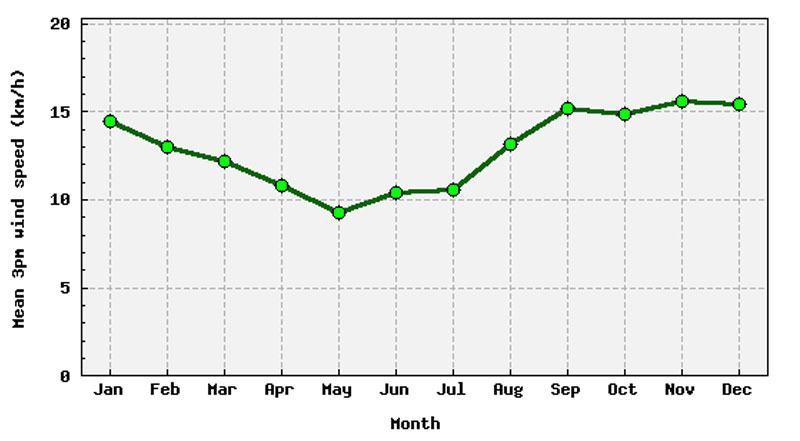Timing Of Broadleaf Herbicide Application
The typical lifecycle of many turf broadleaf weeds starts with germination of weeds in the autumn. The weeds then develop principally vegetative growth over the winter months before flowering and setting seed in spring. Annual weeds then die, while perennial weeds go on to continue the lifecycle the following year. Traditionally broadleaf herbicide applications are made in late winter or early autumn when the weeds are maturing and starting to flower.
Trial
A trial was conducted to examine the effectiveness of various application timings on broadleaf weed control.
The trial was conducted at the University of Sydney turf plots at the Cobbity campus in Western Sydney.
Herbicides were applied in May, July or August. The two common broadleaf herbicides Spearhead® (at 5L/ha) and Destiny® (at 100g/ha) were used. The trial plots were then assessed at the end of September for weed control.
The weeds present included Bindie, Clover, Oxalis, Cudweed, Chickweed and Fleabane.
Spearhead®
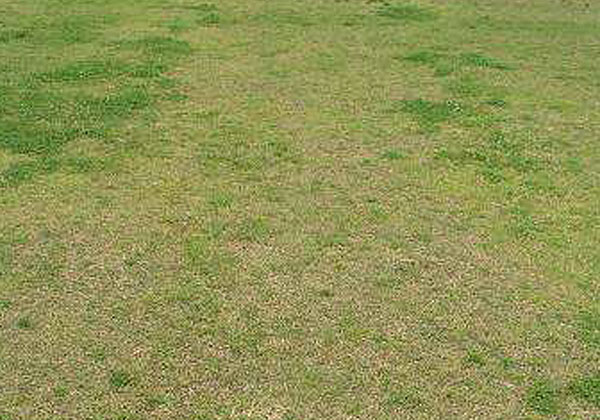 |
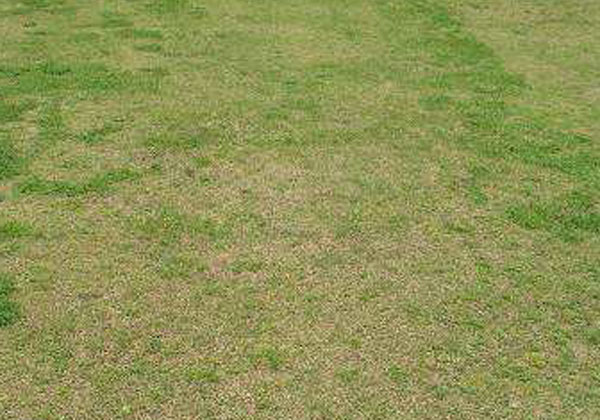 |
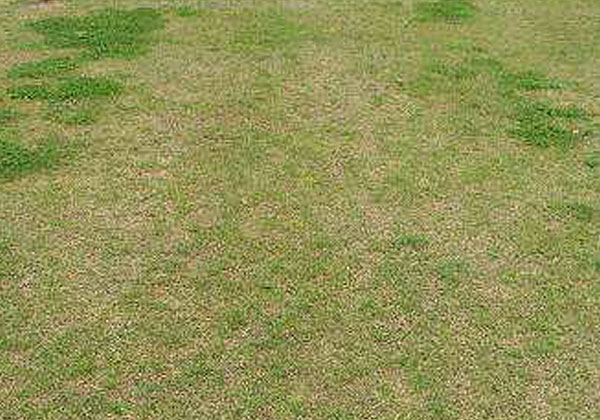 |
| May | July | August |
|---|---|---|
| 100% control of all broad leaf weeds except Oxalis (80%) | 100% control of all broad leaf weeds | 100% control of all broad leaf weeds |
In September the applications made in May, July and August gave 100% control of all broadleaf weeds except for some oxalis re-growth from the May treatment.
Destiny
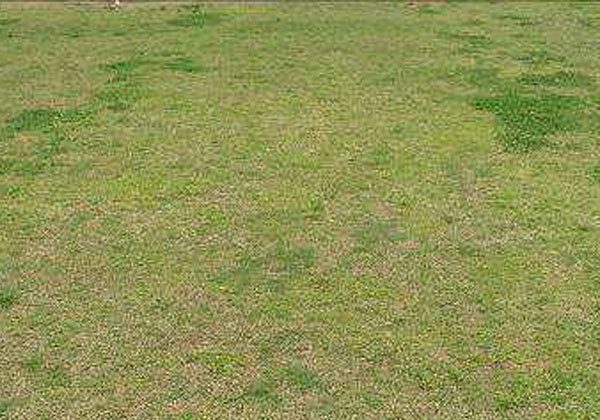 |
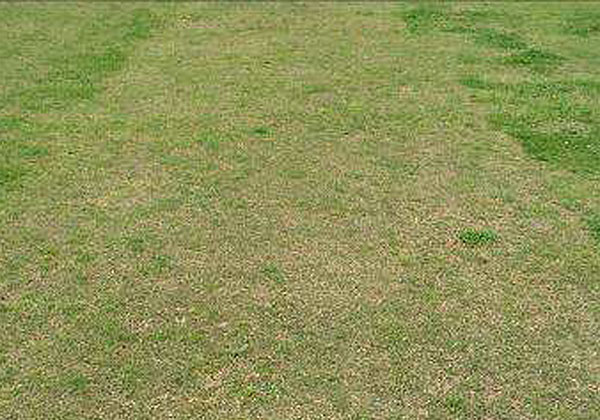 |
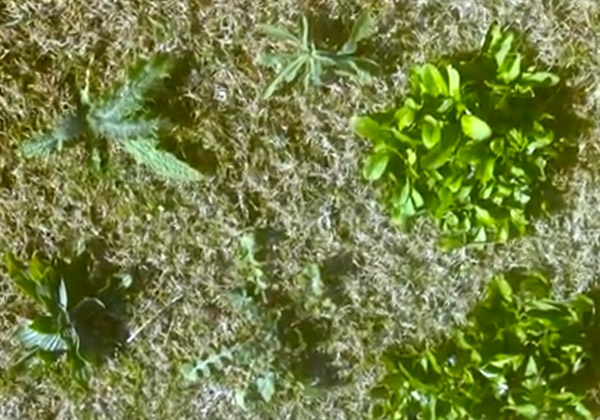 |
| May | July | August |
|---|---|---|
| 100% control of Clover, Chickweed and Bindie. 90% control of Oxalis, Cudweed and Fleabane | 100% control of Clover, Chickweed and Bindie. 60% Cudweed and Fleabane | 100% control of Clover, Chickweed and Bindie. 50% Cudweed and Fleabane |
In September the applications made in May, July and August gave 100% control of Bindie, Clover and Chickweed. Oxalis, Cudweed and Fleabane all showed some re-growth.
Conclusion
In this climate in south-western Sydney spraying winter weeds in early winter (May) provides as good weed control as leaving the spraying until later in winter (July-August). There are some advantages with this early spraying;
- Weeds are quite small and easy to control – The flush of broadleaf weed germination occurs in autumn. Spraying early enables more reliable weed control to occur.
- Turf Cover – Warm season turf swards generally have good cover at the end of summer. Spraying the small broadleaf weeds stops them from getting large and competing with the turf.
- Aesthetics – Spraying early takes away the eye-sore of actively growing weeds over the winter months. It also reduces bee populations on busy sportsfields in spring when the weeds are flowering.
- Weather Conditions – generally weather conditions (it terms of wind) are more conducive to spraying in May than in August. The graph below average wind speeds in western Sydney throughout the year. An examination of climate data shows similar trends in most other areas of Australia
- Access to spraying contractors – spring is the busy time for spraying contractors. Spraying earlier in the season may help with fitting into their spray schedules.
Send an e-mail or photograph to jyri.kaapro@envu.com if you have any experiences of turf with either of these symptoms.
To find out more information, reach out to our team.
Back to Others

